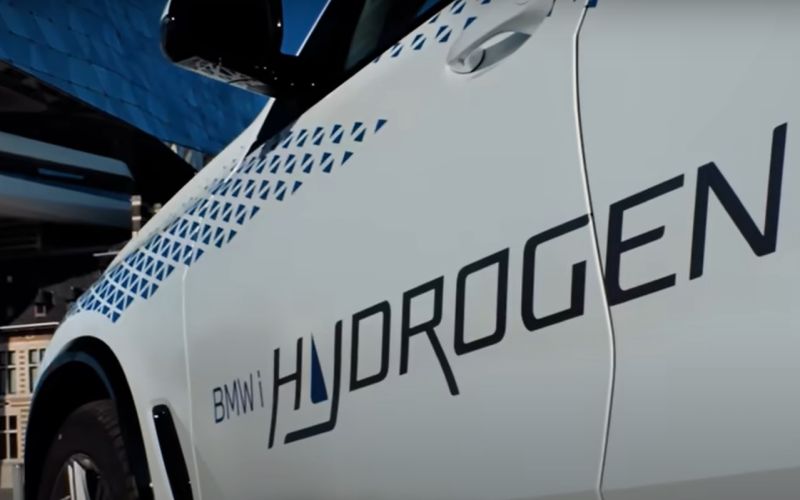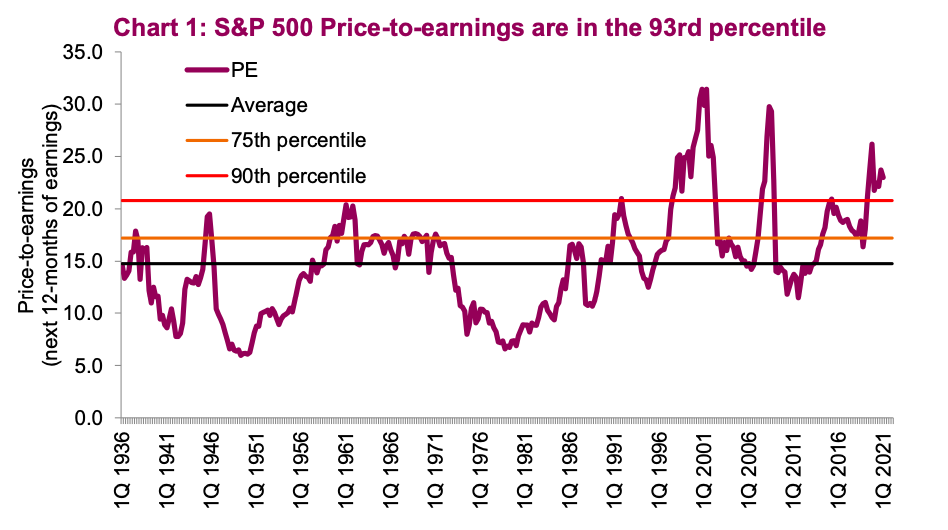Navigating The Chinese Market: The Hurdles Faced By BMW, Porsche, And Other Automakers

Table of Contents
Intense Domestic Competition
The rise of powerful domestic brands like BYD, Geely, and NIO poses a significant threat to established luxury players like BMW and Porsche. These Chinese automakers offer competitive pricing, advanced technology, and features specifically tailored to Chinese consumer preferences, often surpassing established foreign brands in certain segments. This intense competition significantly impacts market share and profitability for international luxury car makers.
- Increasingly sophisticated Chinese EVs: Domestic brands are producing electric vehicles that rival, and in some cases exceed, the technology and features found in comparable luxury imports, directly challenging BMW and Porsche's dominance in this growing sector.
- Aggressive pricing strategies: Chinese automakers are employing aggressive pricing strategies, leading to price wars and squeezing profit margins for luxury imports. This makes it increasingly difficult for foreign brands to maintain their premium pricing positions.
- Strong government support: The Chinese government actively supports domestic automakers through subsidies, tax breaks, and preferential policies, further intensifying the competitive landscape and creating an uneven playing field.
Stringent Regulations and Bureaucracy
Navigating the Chinese regulatory landscape is a major hurdle for luxury automakers. Complex import procedures, stringent emission standards (often surpassing those in other major markets), and bureaucratic hurdles can significantly delay market entry and increase operational costs. Maintaining compliance with constantly evolving regulations requires considerable resources and expert legal counsel.
- High import tariffs: Significant import tariffs substantially increase the price of imported vehicles, impacting price competitiveness and reducing profitability for foreign brands.
- Complex homologation process: The process of obtaining type approval (homologation) for new vehicle models in China is notoriously lengthy and complex, requiring extensive testing and documentation.
- Evolving emission standards and government policies: China's commitment to environmental protection leads to frequently updated emission standards and government policies, demanding continuous investment in research and development to stay compliant.
Understanding Chinese Consumer Preferences
Chinese consumers, especially within the luxury segment, exhibit unique preferences and expectations. Understanding these nuances, including preferences for specific features, technology integration, and brand image, is essential for success. Effective marketing and localization strategies are paramount for connecting with this sophisticated consumer base.
- Digital marketing and social media: In China, digital marketing and social media engagement are indispensable for reaching the target audience. A strong online presence is crucial for building brand awareness and generating leads.
- Cultural sensitivity: Tailoring vehicles and marketing campaigns to resonate with Chinese cultural values is critical. Understanding and respecting local traditions and sensitivities is key to building trust and rapport.
- Building brand loyalty: Cultivating strong brand loyalty in the competitive Chinese market requires consistent quality, excellent customer service, and a deep understanding of local preferences and expectations.
The Rise of Electric Vehicles (EVs)
The rapid expansion of the Chinese EV market presents both opportunities and challenges. While the demand for EVs is substantial, automakers must invest heavily in developing and producing competitive EV models, adapt to the evolving charging infrastructure, and understand the government incentives driving EV adoption.
- Fierce EV competition: The Chinese EV market is fiercely competitive, with both domestic and international brands vying for market share. Innovation and differentiation are key to standing out.
- Investment in battery technology and charging infrastructure: Investing in advanced battery technology and supporting the development of a robust charging infrastructure is crucial for ensuring the success of EV offerings in China.
- Government incentives: Understanding and leveraging government incentives for EV adoption is essential for maximizing profitability and competitiveness in this rapidly growing sector.
Conclusion
The Chinese automotive market offers immense potential, but successfully navigating it requires a profound understanding of the unique challenges involved. From intense domestic competition and stringent regulations to grasping evolving consumer preferences and the rapid growth of the electric vehicle market, automakers like BMW and Porsche must adapt and innovate to thrive. Successfully navigating the Chinese market demands a long-term commitment to localization, strategic partnerships, and a keen awareness of the continuously shifting landscape. Only by adapting to these complexities can luxury brands secure lasting success in this crucial global market.

Featured Posts
-
 Sylvester Stallone Returns In Tulsa King Season 2 Blu Ray Details Revealed
May 24, 2025
Sylvester Stallone Returns In Tulsa King Season 2 Blu Ray Details Revealed
May 24, 2025 -
 Bof As Take Are High Stock Market Valuations Cause For Investor Concern
May 24, 2025
Bof As Take Are High Stock Market Valuations Cause For Investor Concern
May 24, 2025 -
 Bmw And Porsches China Challenges A Growing Trend In The Automotive Industry
May 24, 2025
Bmw And Porsches China Challenges A Growing Trend In The Automotive Industry
May 24, 2025 -
 Atempause And Erkundung Radtouren Durch Essen Persoenlichkeiten Hautnah
May 24, 2025
Atempause And Erkundung Radtouren Durch Essen Persoenlichkeiten Hautnah
May 24, 2025 -
 The Hilarious Way Joe Jonas Handled A Couples Dispute
May 24, 2025
The Hilarious Way Joe Jonas Handled A Couples Dispute
May 24, 2025
